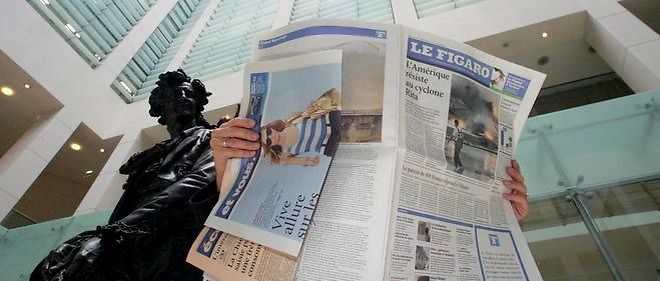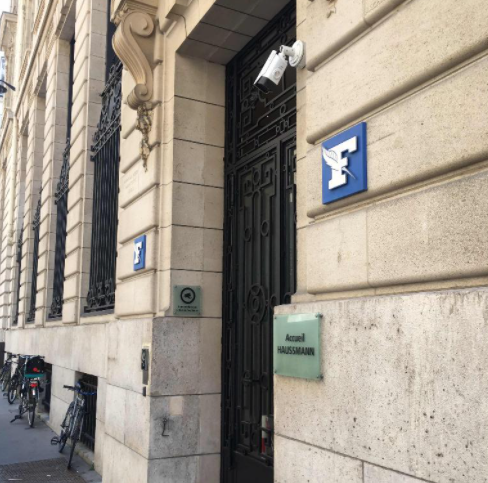In 2004, Dassault Group took ownership of Le Figaro, headed at the time by Nicolas Beytout and Francis Morel. In August 2005, the paper moved from its old address at 37 Rue du Louvre to new offices at 14 Boulevard Haussmann.
October 3, 2005 marked something of a revolution: for the first time since its creation, Le Figaro adopted a new format, with the title now appearing in blue ink. Le Figaro thus embarked on a journey of innovation and modernization.
At the dawn of the 21st century, the newspaper acknowledged the revolution underway in the media landscape, anticipating readers’ new Internet-based habits. Another adventure was about to begin, a new world of interactive, fast, even instant news reporting. Realizing that the future would play out in web-based news and direct reader input, Management began adapting to new this new technological environment.
On November 17, 2011, the Lefigaro.fr website was voted “best mobile media outlet” at the 2011 Trophées Internet Mobile, organized by telecom operator Orange.
Two years later, it continued to rank as the number-one online news site in France. In November 2013, with more than 11 million single users, Lefigaro.fr set a new record for French news websites.
Marc Feuillée became CEO of Figaro Group in February 2011. In July 2012, Alexis Brézet was named Editorial Director, replacing Etienne Mougeotte.
In September 2015, Le Figaro took over CCM Benchmark Group, owner of the websites Comment ça marche, Le Journal du Net, L’Internaute and Copains d’avant. “This acquisition will project us into a new dimension , allowing us to compete directly against Facebook and Orange in France,” said CEO Marc Feuillée, adding that with the addition of CCM Benchmark, Le Figaro would become the “leader on the French digital media market” with more than 24 million unique visitors.




